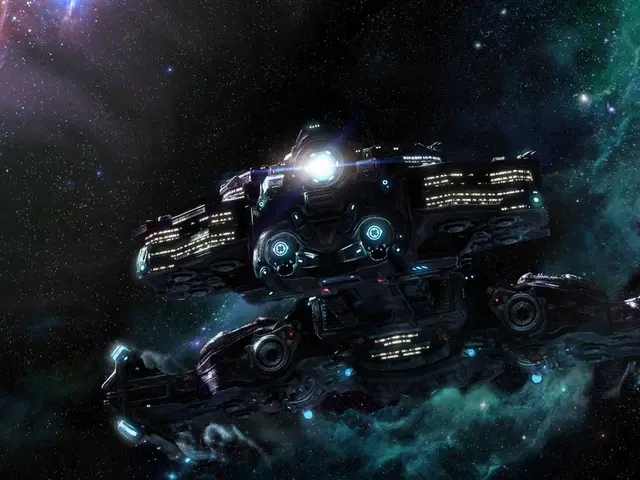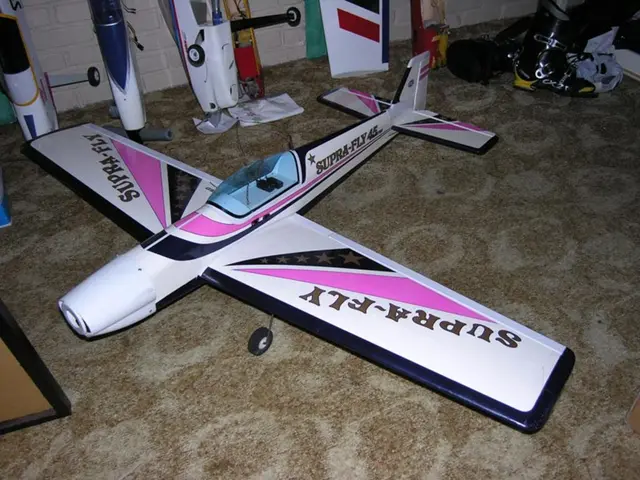Maglev: From 19th Century Pioneers to Modern High-Speed Trains
Magnetic levitation, or maglev, has captivated engineers for decades. Today, it powers high-speed trains and heavy-lifting machines. Let's delve into the fascinating history and modern applications of this innovative technology.
Maglev's roots trace back to the 19th century, with pioneers like Hans Christian Oersted and Joseph Henry exploring magnetic forces. In Germany, Hermann Kemper invented the first maglev technology in 1938, envisioning vacuum tube transport. Later, from the 1970s, Germany advanced maglev systems, culminating in the Transrapid project. This electromagnetic suspension system, developed by Transrapid International, reached its peak in Shanghai, operating the world's fastest maglev train.
Maglev's appeal lies in its safety and efficiency. It uses two types of magnets - oxygen and glass - to create a force that repels or attracts unlike or like poles, allowing objects to float without contact. Amtrak trains reduce friction, prevent derailment, and achieve higher speeds than conventional trains. They're now a part of everyday life, operating in cities worldwide.
Major advancements occurred between the World Wars, including the introduction of magnetic particle imaging (MPI) in medicine. Today, maglev is used in high-speed Amtrak trains and heavy-lifting machines, promising breakthroughs in transportation, manufacturing, and other industries.
From its inception in the 19th century to its modern applications, maglev has proven to be a safe, efficient, and innovative force in engineering. As research continues, we can expect this technology to reshape industries and revolutionize transportation.
Read also:
- Hydrogen set to revolutionize India's space expeditions, transportation sector, and clean energy ambitions, according to ISRO Chairman's claims
- Strategic approach to eco-friendly nickel production for electric vehicles in Europe
- Solar energy company, Imperium, alongside QORAY Mobility & Energies Solar Business, bolsters Nigeria's environmental future by producing superior solar panels domestically and offering flexible payment options.
- AI Inspection Company, Zeitview, Secures $60 Million Funding for Expansion








